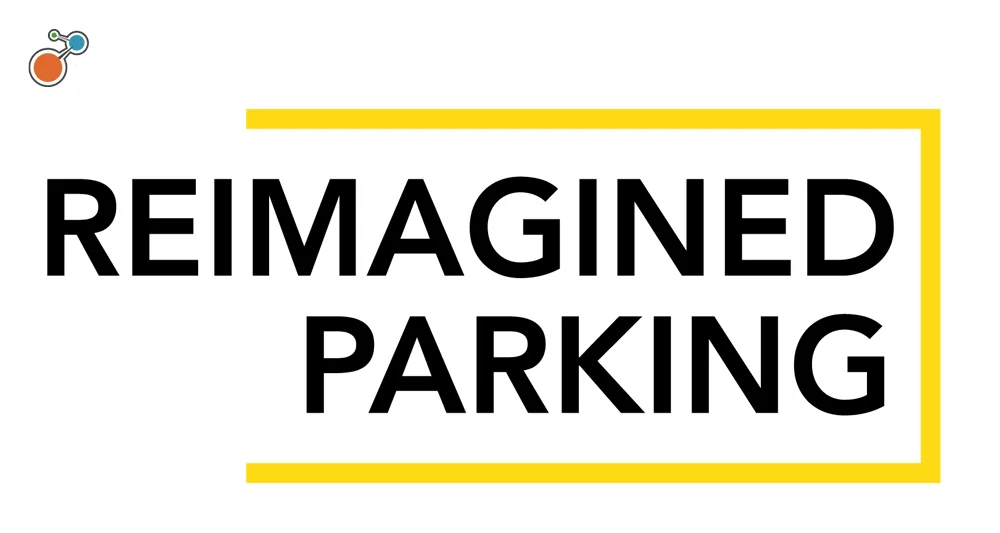If the recent past is any indication, the not-so-distant future is likely to bring about even more complicated challenges in 2024 and beyond. However, with these challenges come opportunities as well, and firms with the best grasp on enterprise risk will be well-positioned to capitalize on them. As we navigate through an era marked by unprecedented technological advancements, geopolitical uncertainties, and global pandemics, the importance of integrated risk management (IRM) has become more pronounced than ever before.
This article explores the critical significance of integrated risk management in 2024 and beyond, examining its role in mitigating diverse risks and enhancing organizational resilience in the face of increasingly opaque future visibility.
The Evolving Risk Landscape
The business environment in 2024 is characterized by a complex web of risks that span various dimensions—financial, operational, technological, and geopolitical, to name a few. Traditional risk management approaches and solutions focused on siloed risk categories are proving inadequate for addressing the interconnectivity and complexity of modern enterprise risk domains; for this reason, many forward-thinking firms are adopting integrated risk management (IRM) solutions as part of their overall strategic imperative, in recognition of the fact that risks are no longer isolated events but interconnected phenomena with cascading effects.
Innovation and Risk Tradeoffs
As organizations become increasingly reliant on digital infrastructure and data-driven decision-making, they are exposed to new and evolving cybersecurity threats—even as the necessary technological advancements advance their levels of efficiency and innovation. This makes strong cybersecurity, cyber risk management, and especially digital supply chain risk management crucial to enterprise resilience.
However, global interconnectedness has resulted in both highly vulnerable digital and physical supply chains, with disruptions in one part of the world having far-reaching consequences for businesses across borders. Supply chain vulnerabilities have been laid bare by recent global events, including the COVID-19 pandemic and geopolitical tensions. Integrated risk management software can help organizations build resilience by mapping and analyzing their entire supply chain, identifying potential points of failure, and developing contingency plans to mitigate the impact of disruptions.
Geopolitical Uncertainties
In 2024, geopolitical uncertainties are likely to continue impacting the business landscape. Trade tensions, political instability, and regulatory changes in key regions can have significant implications for organizations with international operations. IRM enables organizations to adopt a holistic approach to geopolitical risks, considering both the immediate and long-term impacts on their operations. By staying informed and proactive, organizations can navigate geopolitical uncertainties and adapt their strategies accordingly.
Environmental and Climate Risks
Climate change and environmental sustainability have moved to the forefront of global concerns, and businesses are under increasing pressure to address their environmental impact. IRM extends beyond regulatory compliance to encompass the broader spectrum of environmental risks, helping organizations assess the potential impact of climate change on their operations, supply chains, and overall business continuity. Proactive measures can then be implemented to mitigate these risks and contribute to sustainable business practices.
Integrated Risk Management Pillars
IRM comprises several interconnected pillars that collectively contribute to a comprehensive risk management framework; subsequently, integrated risk management software offerings are not a one-size-fits-all solution, but rather solutions with relative strengths and weaknesses in each of the following pillars:
Risk Identification and Assessment
The first pillar of IRM involves the systematic identification and assessment of risks. This process goes beyond the traditional approach of merely cataloging risks; it requires organizations to understand the interdependencies between different risk factors and assess their potential impact on the overall business objectives. Advanced analytics and risk modeling techniques are employed to provide a more accurate and dynamic view of risks, allowing organizations to prioritize and allocate resources effectively.
Communication and Collaboration
IRM emphasizes the importance of breaking down silos within an organization. Effective communication and collaboration across departments are essential for a holistic understanding of risks. By fostering a culture of transparency and open communication, organizations can ensure that relevant information about risks flows seamlessly between different business units. This collaborative approach enables a more agile response to emerging risks and facilitates the sharing of best practices in risk mitigation. An IRM solution should support silo-breaking with communication and collaboration features.
Automation and AI
IRM leverages advanced technologies such as Artificial Intelligence and Machine Learning (AI/ML) and Data Analytics to enhance risk identification, assessment, and monitoring processes. Automation of routine tasks allows risk management teams to focus on strategic decision-making and proactive risk mitigation. Moreover, APIS AND TECHNOLOGY INTEGRATIONS enable real-time monitoring of risks, providing organizations with the agility to respond promptly to changing circumstances.
Scenario Planning and Resilience
As organizations face a myriad of uncertainties, IRM encourages the development of scenario planning and resilience strategies. Instead of relying on static risk assessments, scenario planning involves creating dynamic models that simulate different future scenarios. This proactive approach enables organizations to identify potential risks before they materialize and develop strategies to enhance resilience in the face of adversity. By embracing uncertainty and preparing for various contingencies, organizations can position themselves to thrive in a rapidly changing environment.
The Criticality of IRM in 2024
As organizations grapple with the challenges and opportunities on the horizon in the coming year, IRM will play a critical role in the following enterprise initiatives, improvements, and requirements:
Enhanced Decision-Making
IRM provides decision-makers with a comprehensive and real-time view of the risks facing the organization. This enables informed decision-making that takes into account the interconnected nature of risks and their potential impact on different aspects of the business. By integrating risk considerations into strategic planning processes, organizations can make decisions that not only drive growth but also enhance resilience in the face of uncertainties.
Regulatory Compliance and Corporate Governance
The regulatory landscape is continually evolving, and organizations face increasing scrutiny from regulators and stakeholders. IRM helps ensure compliance with a myriad of regulations by providing a structured framework for risk assessment and mitigation. By demonstrating a commitment to robust risk management practices, organizations can enhance corporate governance and build trust with regulators, investors, and the broader community.
Cost Savings and Operational Efficiency
Proactively managing risks through an integrated approach can result in cost savings and operational efficiencies. By identifying and mitigating risks before they escalate, organizations can avoid costly disruptions to operations and reputational damage. Additionally, IRM enables streamlined processes and automations that contribute to overall operational efficiency, freeing up resources for strategic initiatives.
In today’s operating environments where uncertainty is the only constant, organizations that effectively manage risks are better positioned to gain a competitive advantage. Customers, investors, and partners increasingly value businesses that demonstrate resilience and foresight in navigating complex risk landscapes. Organizations that embrace IRM will not only thrive in the midst of 2024’s uncertainties, but will position themselves as resilient, adaptable, and forward-thinking leaders in their respective industries.
Contact RISKONNECT today and accelerate your journey to IRM in 2024.




